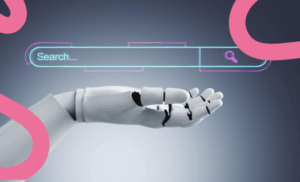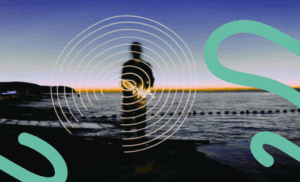In an environment where technology, social values and consumer expectations are rapidly evolving, communication and public relations are constantly changing. Looking ahead to 2025, brands must adapt to trends that will shape the direction of engagement and connection with their audiences, including the strategic role of agencies, artificial intelligence, values-based communication, digital channels, synergy with influencers and impact measurement.
Communication agencies are taking on a more strategic role than ever before. No longer just managing press releases or planning events, they have become integral partners guiding brands in their global storytelling. In 2025, the focus will be on combining creative with Data Analytics to make decisions based on accurate, real-time information. Brands will look for agencies that can anticipate trends, provide informed recommendations and execute integrated campaigns that connect with audiences across multiple channels.
Artificial intelligence will be a key ally in this process, providing tools to analyse large volumes of data, identify media opportunities and personalise messages. From chatbots for customer service to the use of software that optimises PR strategies, AI enables agencies to be more effective and stay one step ahead. For example, AI-powered media monitoring tools can identify crises in real time, allowing brands to react before the problem escalates, as well as suggesting content topics that are more likely to resonate with specific audiences.
Values-based communication will be another essential pillar. Consumers are no longer just looking for quality products or services; they want brands to share their values. Sustainability, inclusion and social responsibility will be at the heart of communication narratives. Agencies will need to help brands identify and communicate their key values in an authentic way. A success story will be one that demonstrates how a company has reduced its carbon footprint or supports diversity in its workforce, reinforcing consumer trust. Authenticity will be the differentiator.
In this context, digital channels will play an increasingly important role in reputation building. A brand’s reputation is no longer forged solely in traditional media; social media, corporate blogs, social media, social networks, and the Internet will become increasingly important
and video platforms are critical to connect with key audiences and position strategic messages. Agencies will need to integrate these channels into their PR strategies, ensuring that each message reaches the right audience with consistency. Impactful visual content, digital PR and real-time crisis management will be essential in this area.
The synergy between public relations and influencers will also be key. Influencer marketing will continue to grow, but with a more strategic approach, focusing on collaborations with micro-influencers who have specific and highly engaged audiences. Agencies will need to identify influencers whose credibility reinforces brand narratives and ensure that their messages are aligned with corporate values. Combining this strategy with traditional media will amplify impact.
Finally, measuring the impact of campaigns will be more crucial than ever. In 2025, analytics tools will be indispensable to demonstrate the return on PR investment. Qualified media coverage, Social Media engagement and conversions will be key metrics. In an environment where every investment must be justified, agencies that integrate these metrics into their strategies will be better positioned to lead in a competitive market.
This landscape, defined by technology, personalisation and shared values, presents great opportunities for brands and their communication agencies. Those that embrace these trends and deliver innovative solutions will be poised to connect authentically and effectively with their audiences in 2025.










